Home>Gardening & Outdoor>Landscaping Ideas>What Makes Lawns Green
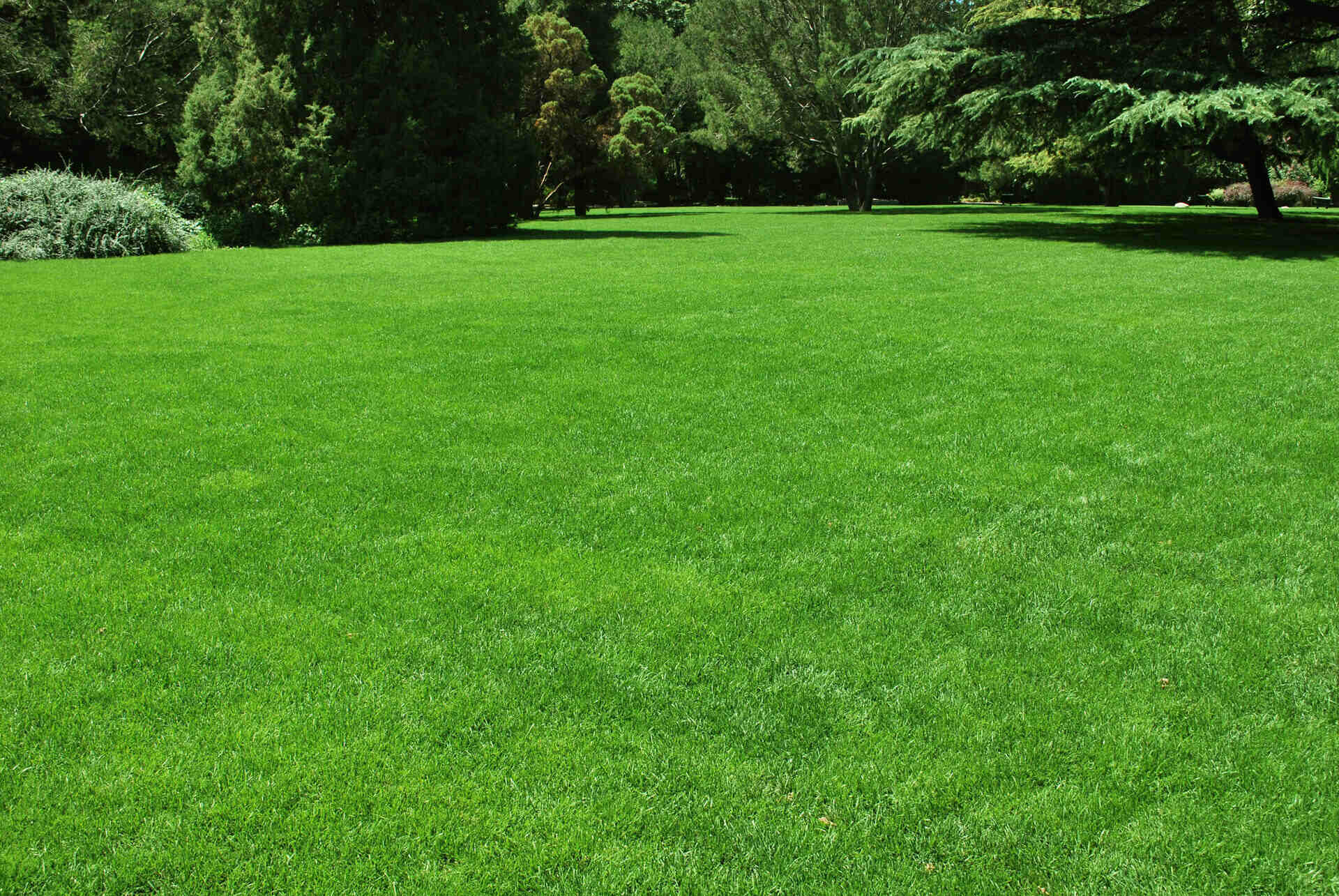

Landscaping Ideas
What Makes Lawns Green
Published: December 25, 2023
Discover the best landscaping ideas to keep your lawn green and healthy. Learn the secrets to achieving a lush, vibrant lawn with our expert tips and advice.
(Many of the links in this article redirect to a specific reviewed product. Your purchase of these products through affiliate links helps to generate commission for Storables.com, at no extra cost. Learn more)
Introduction
Maintaining a lush, green lawn is a timeless aspiration for homeowners and garden enthusiasts alike. A vibrant expanse of green grass not only enhances the aesthetic appeal of a property but also provides a welcoming space for outdoor activities and relaxation. However, achieving and preserving the ideal green lawn requires more than just regular mowing and watering. Understanding the underlying factors that contribute to the verdant beauty of a lawn is essential for effective lawn care.
In this comprehensive guide, we will delve into the intricate mechanisms that govern the color and vitality of lawns. From the role of chlorophyll in photosynthesis to the significance of essential nutrients, we will uncover the fundamental elements that contribute to the verdant allure of a healthy lawn. Additionally, we will explore the crucial influence of water and sunlight, common lawn care mistakes to avoid, and environmentally friendly lawn care options that promote sustainability.
Embark on this enlightening journey to gain a deeper appreciation for the verdant splendor of lawns and equip yourself with the knowledge to nurture your own emerald oasis. Let's unravel the mysteries behind what makes lawns green and discover the secrets to cultivating a vibrant and thriving outdoor space.
Key Takeaways:
- Chlorophyll is the superhero behind the green color of lawns, using sunlight to create energy for plants. Understanding this helps us take better care of our lawns and appreciate their natural beauty.
- To keep lawns green, we need to give them the right nutrients, sunlight, and water. Avoiding common mistakes and using eco-friendly methods can help us create a lush, vibrant outdoor space while protecting the environment.
Read more: What Is The Green Spray On Lawns
The Role of Chlorophyll
At the heart of a lawn’s verdant allure lies the remarkable pigment known as chlorophyll. This green pigment, abundant in the leaves of grass and other plants, plays a pivotal role in the process of photosynthesis. Through the intricate mechanism of photosynthesis, chlorophyll harnesses the energy of sunlight to convert carbon dioxide and water into glucose, a form of chemical energy that fuels the growth and vitality of the plant.
Chlorophyll absorbs light most efficiently in the blue and red portions of the electromagnetic spectrum, while reflecting and transmitting green light, thus imparting the characteristic green color to leaves and grass. This natural phenomenon is the foundation of the lush green hue that adorns lawns and landscapes.
Furthermore, the abundance of chlorophyll in the grass leaves is a testament to the plant’s robust photosynthetic capacity, signifying its ability to harness sunlight and convert it into vital energy for growth and sustenance. Therefore, ensuring an adequate supply of sunlight is essential for promoting the synthesis of chlorophyll and maintaining the vibrant green appearance of a healthy lawn.
By comprehending the indispensable role of chlorophyll in the photosynthetic process, lawn enthusiasts can appreciate the intricate interplay between light, pigment, and energy conversion that underpins the lush greenery of their outdoor spaces. This newfound understanding empowers individuals to make informed decisions regarding lawn care practices and environmental stewardship, ultimately contributing to the preservation of the natural splendor of lawns.
The Importance of Nutrients
Beneath the surface of a vibrant lawn lies a complex web of essential nutrients that are indispensable for sustaining its lush green appearance. Nitrogen, phosphorus, and potassium, often referred to as N-P-K, are the primary macronutrients that play a pivotal role in nurturing the health and vitality of the grass.
Nitrogen, a key component of chlorophyll, is crucial for promoting vigorous leaf and stem growth, thereby contributing to the dense and luxuriant texture of the lawn. Phosphorus, vital for root development and energy transfer within the plant, fortifies the grass against environmental stressors and supports robust growth. Potassium, essential for water regulation and disease resistance, enhances the overall resilience of the grass, ensuring its ability to maintain a vibrant green appearance even under challenging conditions.
Furthermore, secondary macronutrients such as calcium, magnesium, and sulfur, along with micronutrients including iron, manganese, and zinc, play integral roles in bolstering the structural integrity and metabolic functions of the grass, thereby influencing its color, vigor, and overall health.
By comprehending the intricate interplay of nutrients in sustaining the verdant allure of lawns, individuals can adopt targeted fertilization practices to replenish any deficiencies and optimize the health and vibrancy of their outdoor spaces. Moreover, embracing environmentally conscious fertilization methods, such as slow-release organic fertilizers and soil amendments, can promote sustainable lawn care practices while preserving the natural ecosystem.
Understanding the importance of nutrients in maintaining the lush green appearance of lawns empowers homeowners and garden enthusiasts to make informed decisions regarding fertilization, soil health, and sustainable lawn care practices, thereby ensuring the enduring beauty and vitality of their outdoor sanctuaries.
Water and Sunlight Requirements
Ample sunlight and appropriate watering are essential prerequisites for nurturing a vibrant green lawn. Sunlight serves as the primary energy source for photosynthesis, the process through which plants manufacture their own food. Adequate exposure to sunlight enables the grass to synthesize chlorophyll, the green pigment that imparts the characteristic color to the leaves, thereby contributing to the lush green appearance of the lawn.
Furthermore, proper watering is critical for sustaining the health and vibrancy of the grass. Insufficient watering can lead to wilting and discoloration, while excessive moisture can create an environment conducive to disease and fungal growth. By adhering to a consistent watering schedule and ensuring deep, infrequent watering sessions, homeowners can promote robust root development and enhance the resilience of the grass, thereby contributing to its lush green appearance.
Implementing sustainable watering practices, such as utilizing rainwater harvesting systems and embracing drought-resistant grass varieties, can mitigate water consumption while maintaining the verdant allure of the lawn. Additionally, strategic lawn design, incorporating shade-tolerant plants and optimizing sun exposure, can ensure the efficient utilization of sunlight and water resources, fostering the enduring beauty and vitality of the outdoor space.
By understanding the nuanced relationship between water, sunlight, and the lush green appearance of lawns, individuals can implement targeted strategies to optimize these fundamental elements, thereby nurturing a thriving and verdant outdoor sanctuary. Embracing sustainable watering practices and maximizing sunlight exposure not only enhances the aesthetic appeal of the lawn but also contributes to environmental conservation and the preservation of natural resources.
To keep your lawn green, make sure to water it deeply and infrequently, mow at the proper height, and fertilize with a balanced fertilizer according to the recommended schedule for your specific grass type.
Common Lawn Care Mistakes
While the quest for a lush green lawn is a common aspiration, several common lawn care mistakes can impede the realization of this goal. Understanding and avoiding these pitfalls is crucial for nurturing a vibrant and healthy lawn.
- Overwatering: One of the most prevalent mistakes in lawn care is overwatering. Excessive watering can lead to shallow root systems, waterlogged soil, and increased susceptibility to diseases and pests. Implementing a deep and infrequent watering schedule, tailored to the specific needs of the grass species, promotes robust root development and enhances the resilience of the lawn.
- Improper Mowing: Incorrect mowing practices, such as cutting the grass too short or using dull mower blades, can stress the grass and compromise its health. Maintaining the appropriate mowing height and ensuring sharp mower blades are essential for promoting healthy growth and a lush green appearance.
- Overfertilization: Excessive or improper application of fertilizers can lead to nutrient imbalances, environmental pollution, and damage to the grass. Adhering to recommended fertilization schedules and utilizing environmentally friendly fertilizers promotes the sustained health and vibrancy of the lawn while minimizing ecological impact.
- Ignoring Soil Health: Neglecting soil health and composition can hinder the ability of the grass to uptake essential nutrients and water. Conducting soil tests, aerating compacted soil, and incorporating organic matter can enhance soil fertility and structure, fostering the optimal conditions for a lush green lawn.
- Ignoring Environmental Factors: Disregarding environmental factors such as shade patterns, soil drainage, and regional climate can impede the successful cultivation of a vibrant lawn. Tailoring lawn care practices to accommodate these factors ensures the enduring beauty and resilience of the outdoor space.
By recognizing and rectifying these common lawn care mistakes, homeowners and garden enthusiasts can pave the way for a thriving and verdant lawn. Embracing informed and sustainable lawn care practices not only enhances the aesthetic appeal of the outdoor space but also contributes to environmental conservation and the preservation of natural ecosystems.
Read more: What To Spray On Grass To Make It Green
Environmentally Friendly Lawn Care Options
Embracing environmentally friendly lawn care options not only promotes the health and vitality of the lawn but also contributes to sustainable environmental stewardship. By integrating eco-conscious practices into lawn maintenance, homeowners and garden enthusiasts can nurture a lush green space while minimizing ecological impact.
- Organic Fertilization: Utilizing organic fertilizers derived from natural sources, such as compost, seaweed, or bone meal, enriches the soil with essential nutrients while reducing the reliance on synthetic chemicals. These natural fertilizers promote soil fertility, microbial activity, and long-term sustainability.
- Water Conservation: Implementing water-efficient irrigation systems, such as drip irrigation and rainwater harvesting, conserves water resources while sustaining the health and vibrancy of the lawn. Additionally, embracing drought-resistant grass species and optimizing watering schedules minimizes water consumption and enhances the resilience of the grass.
- Integrated Pest Management: Adopting integrated pest management (IPM) techniques, including biological controls, beneficial insect habitats, and selective pesticide application, mitigates pest infestations while preserving the natural balance of the ecosystem. IPM strategies minimize the reliance on chemical pesticides, safeguarding the health of the lawn and the surrounding environment.
- Natural Lawn Aeration: Aerating the soil using natural methods, such as core aeration and incorporating organic matter, enhances soil structure, nutrient uptake, and water infiltration. This natural approach fosters a healthy root system and promotes the sustained vibrancy of the grass.
- Native Plant Integration: Incorporating native plants, trees, and shrubs into the landscape design promotes biodiversity, supports local ecosystems, and reduces the need for excessive maintenance and resources. Native vegetation enhances the natural beauty of the lawn while fostering a harmonious coexistence with the environment.
By embracing these environmentally friendly lawn care options, individuals can cultivate a lush green space while minimizing their ecological footprint. These sustainable practices not only enhance the aesthetic appeal and resilience of the lawn but also contribute to the preservation of biodiversity, natural resources, and the overall well-being of the environment.
Conclusion
Embarking on the journey to understand what makes lawns green has unveiled the intricate interplay of natural elements, sustainable practices, and environmental stewardship that underpin the verdant allure of outdoor spaces. From the pivotal role of chlorophyll in harnessing sunlight to the indispensable significance of nutrients in nurturing the health and vibrancy of the grass, the quest for a lush green lawn is a harmonious blend of science, art, and conscientious care.
By comprehending the fundamental factors that contribute to the lush green appearance of lawns, individuals can make informed decisions regarding lawn care practices, environmental conservation, and sustainable landscaping. Embracing eco-conscious fertilization, water conservation, and integrated pest management not only promotes the health and resilience of the lawn but also contributes to the preservation of natural ecosystems and the well-being of the environment.
Furthermore, avoiding common lawn care mistakes, such as overwatering, improper mowing, and overfertilization, empowers homeowners and garden enthusiasts to cultivate a thriving and verdant outdoor sanctuary. By integrating environmentally friendly lawn care options, such as organic fertilization, water-efficient irrigation, and native plant integration, individuals can nurture a lush green space while minimizing their ecological impact and fostering a harmonious coexistence with the natural world.
As the vibrant green expanse of a well-tended lawn beckons with its timeless allure, let us tread lightly upon the earth, embracing sustainable practices and mindful care to preserve the splendor of our outdoor sanctuaries. The verdant beauty of lawns is not merely a testament to horticultural prowess but a celebration of the interconnectedness between nature, stewardship, and the enduring allure of the green landscape.
Armed with knowledge, empathy, and a commitment to environmental harmony, let us nurture our lawns as vibrant, thriving havens where the lush greenery whispers of a deeper connection to the natural world and a legacy of responsible custodianship.
Frequently Asked Questions about What Makes Lawns Green
Was this page helpful?
At Storables.com, we guarantee accurate and reliable information. Our content, validated by Expert Board Contributors, is crafted following stringent Editorial Policies. We're committed to providing you with well-researched, expert-backed insights for all your informational needs.

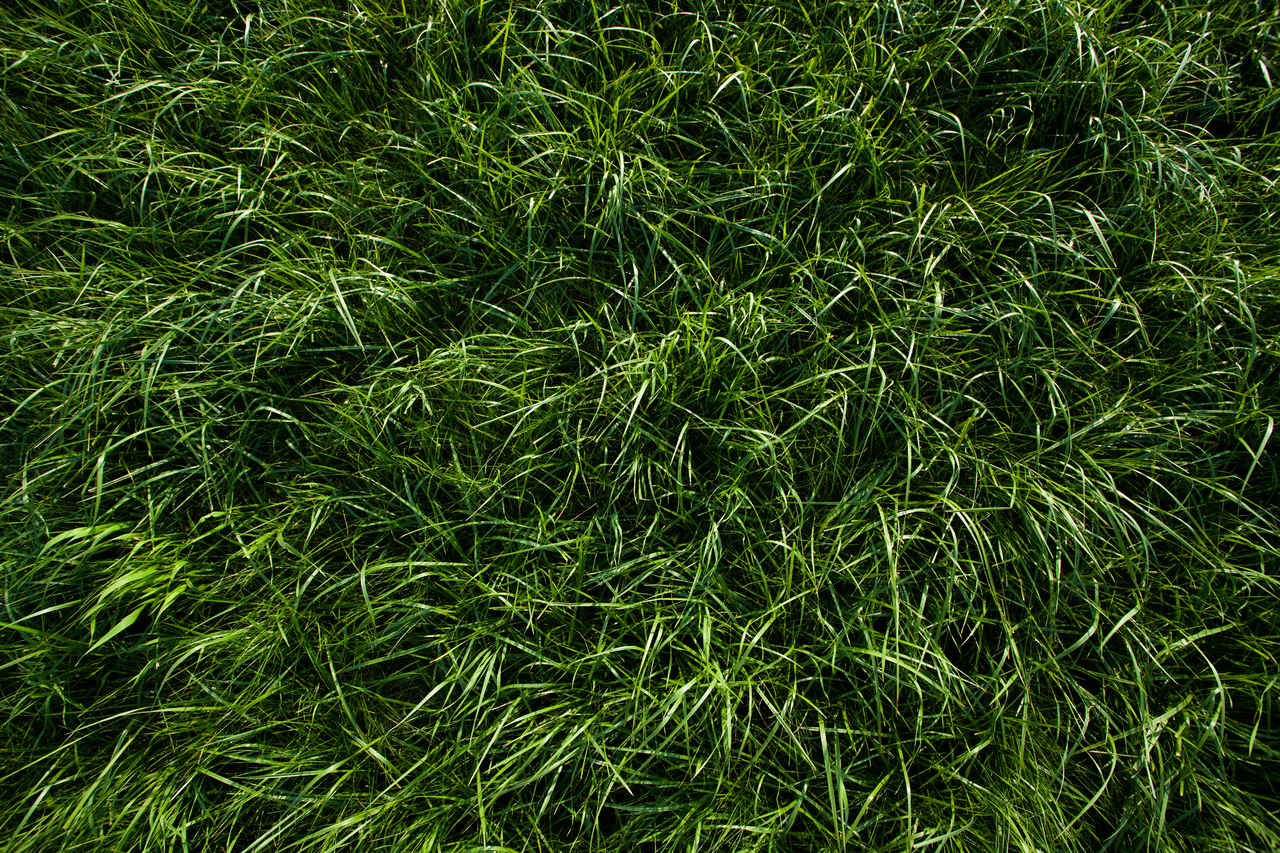
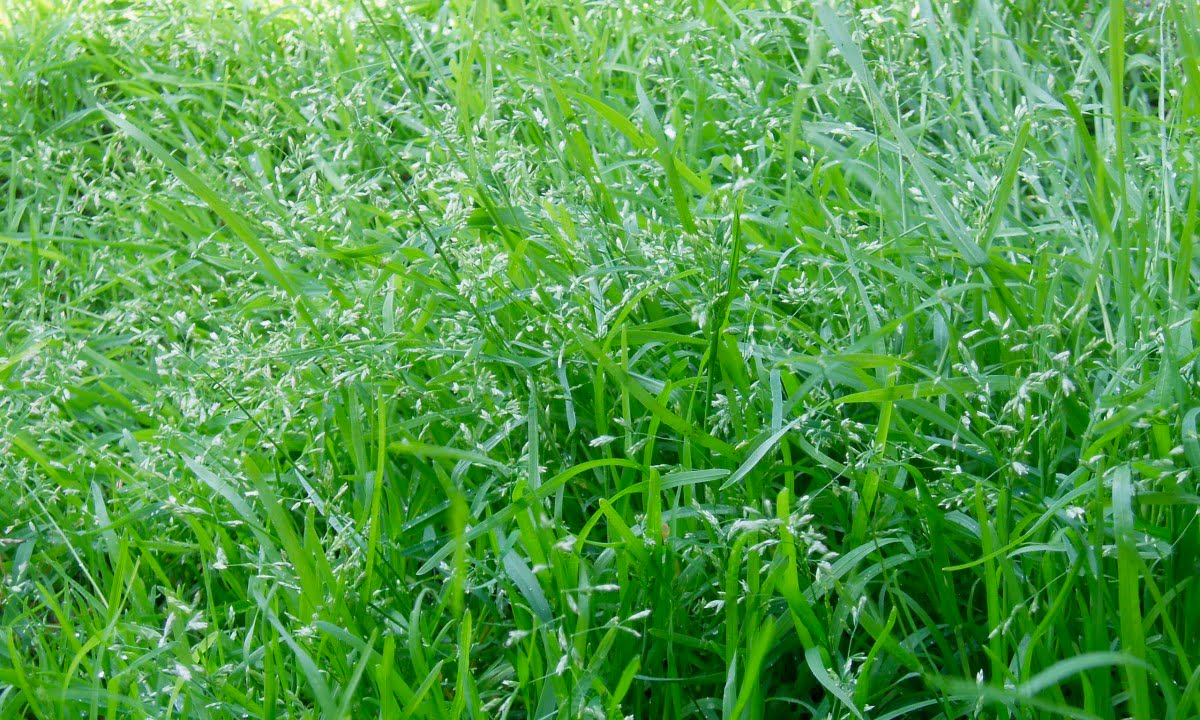
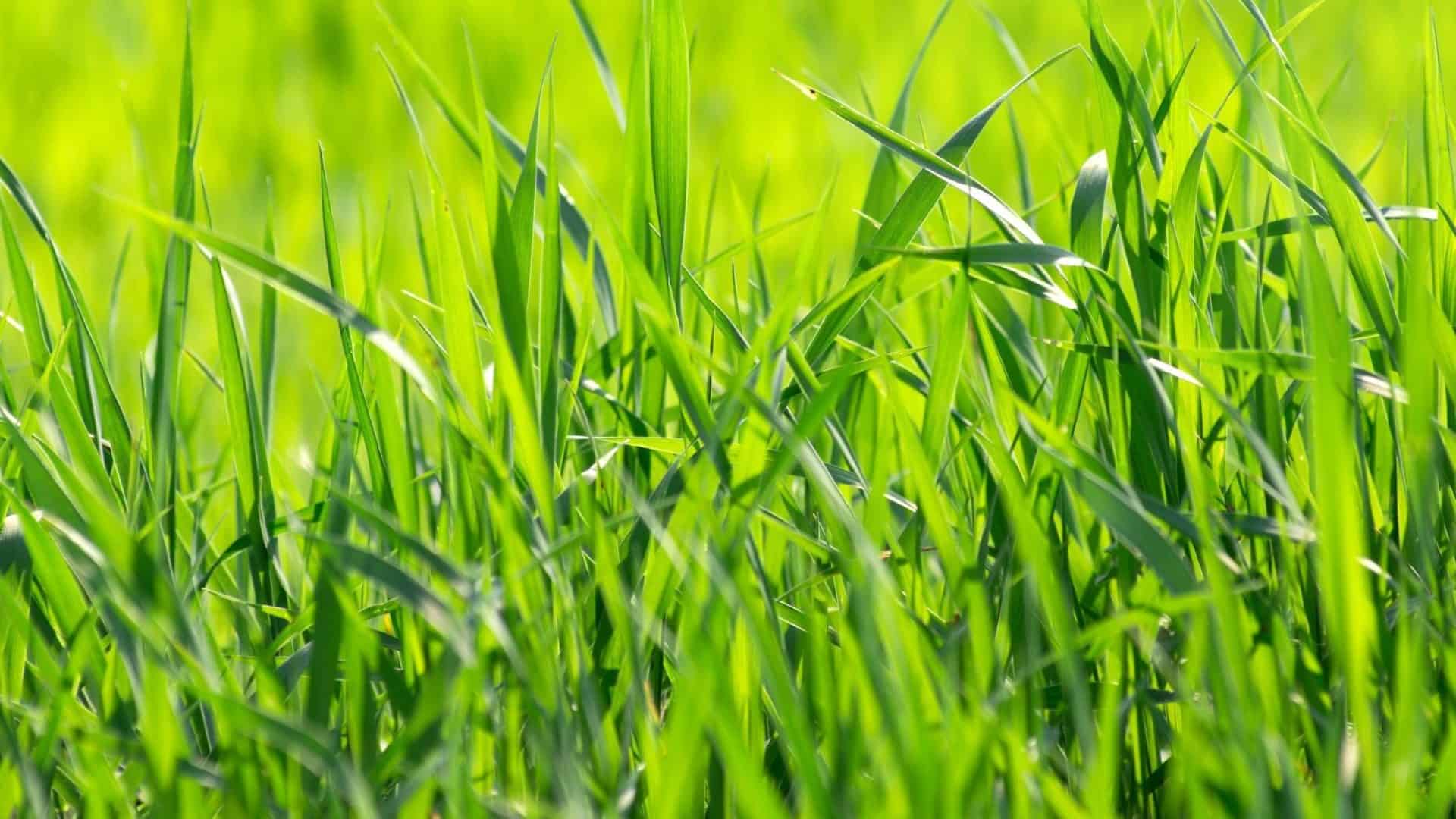
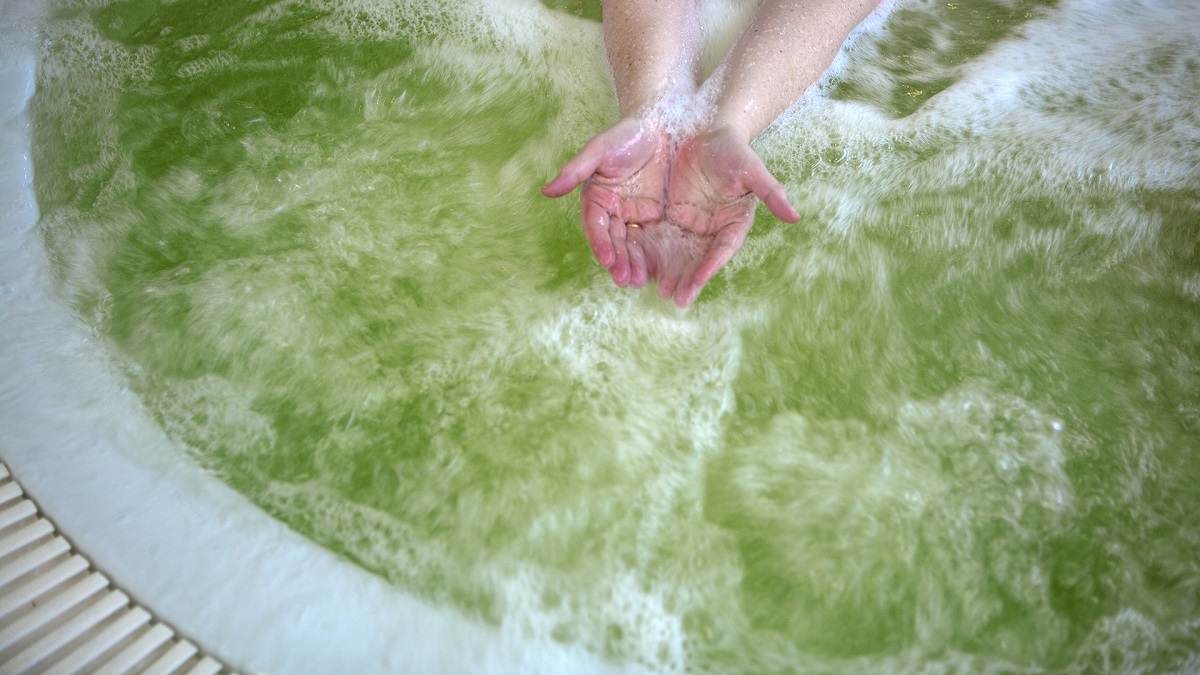
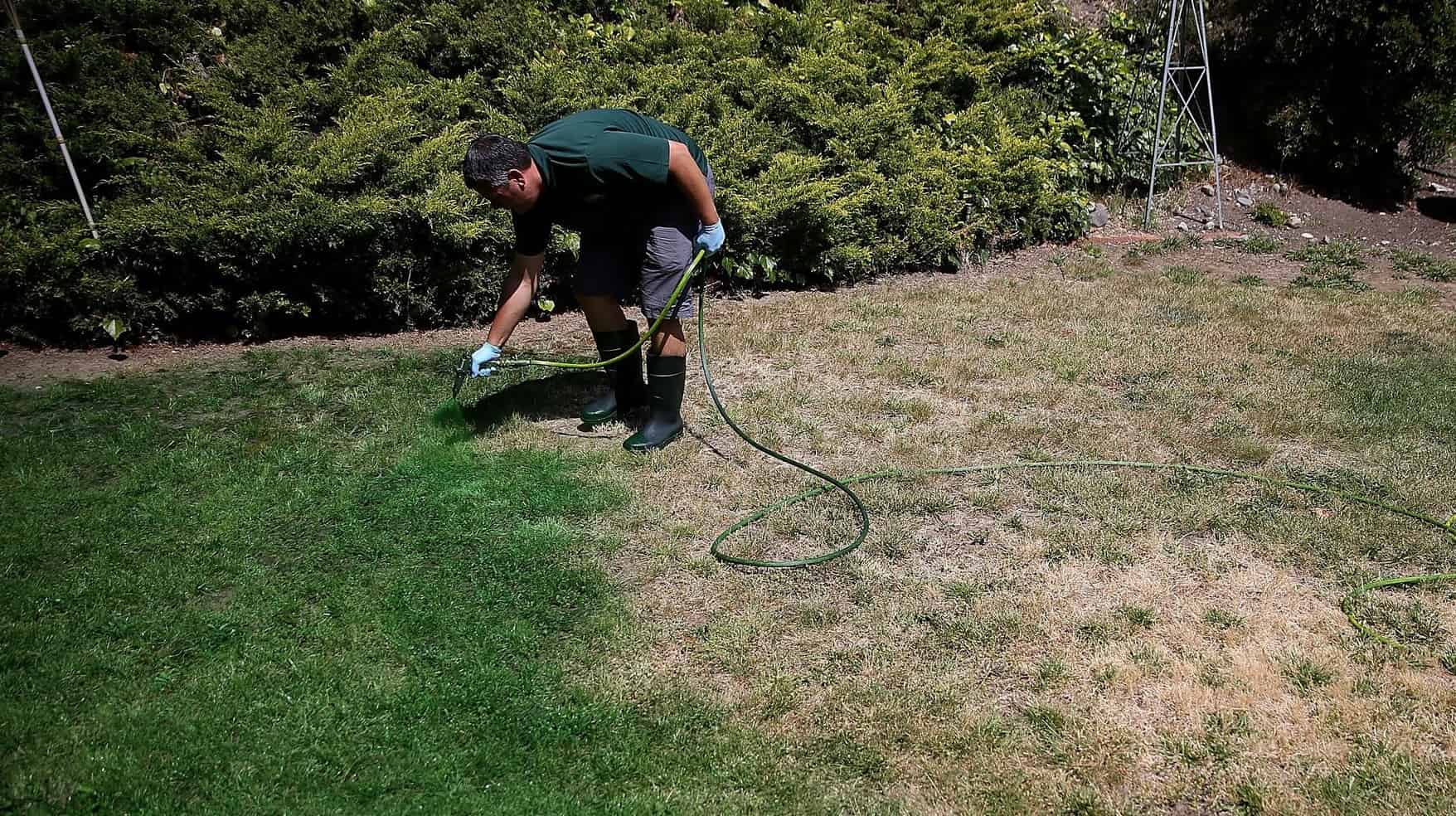





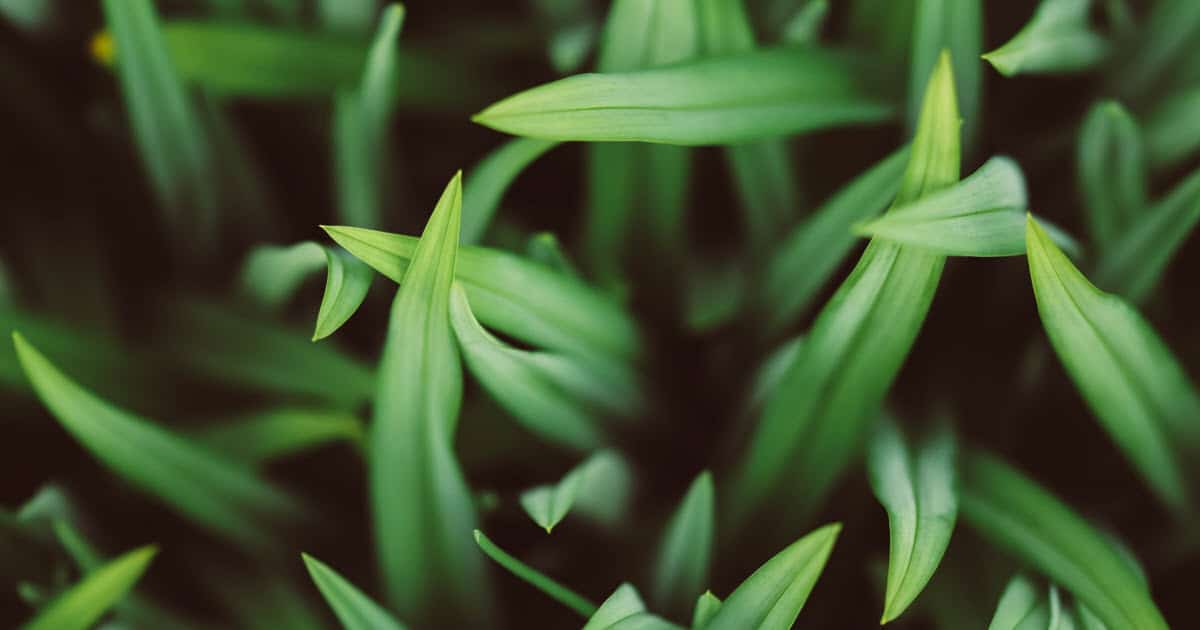



0 thoughts on “What Makes Lawns Green”